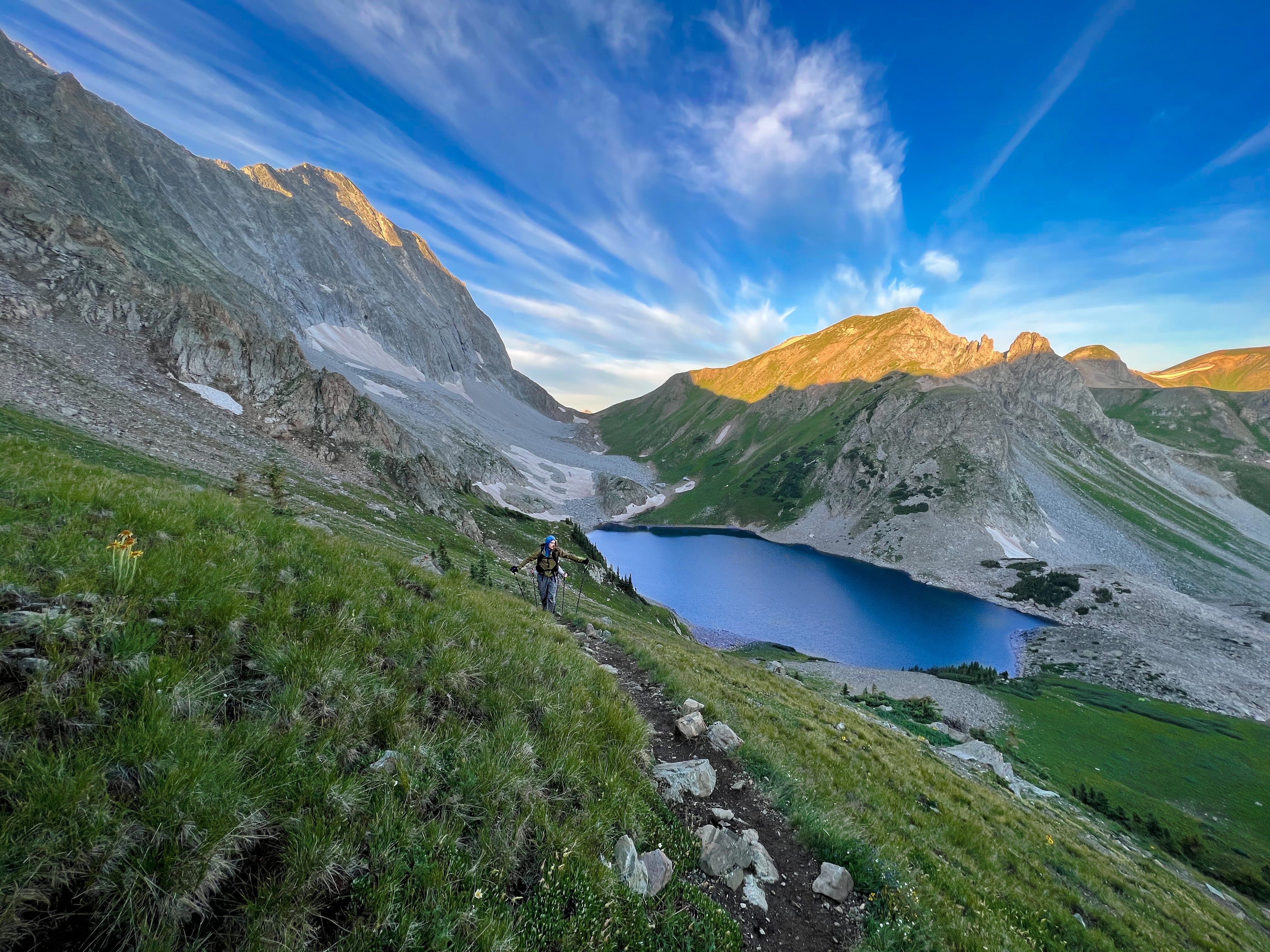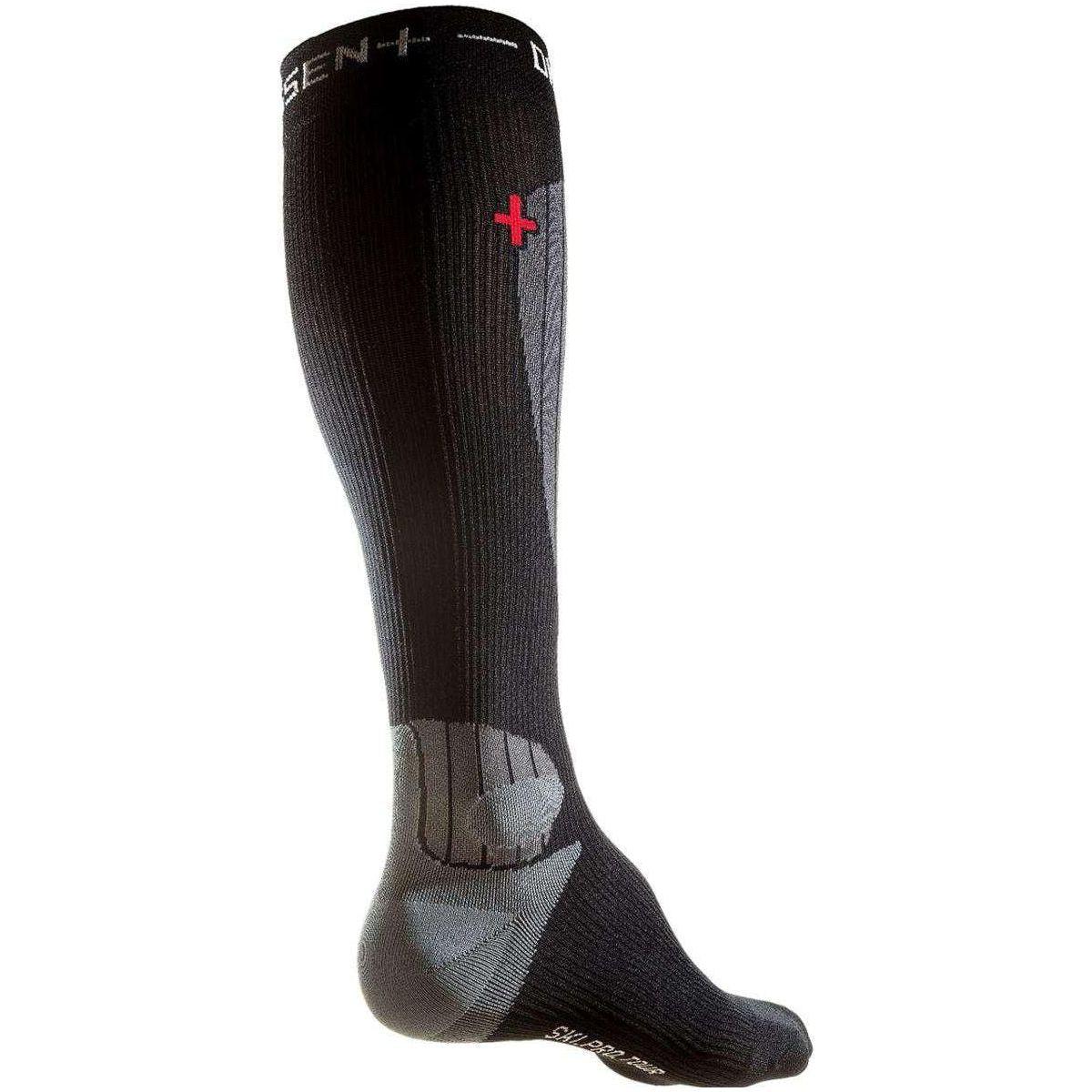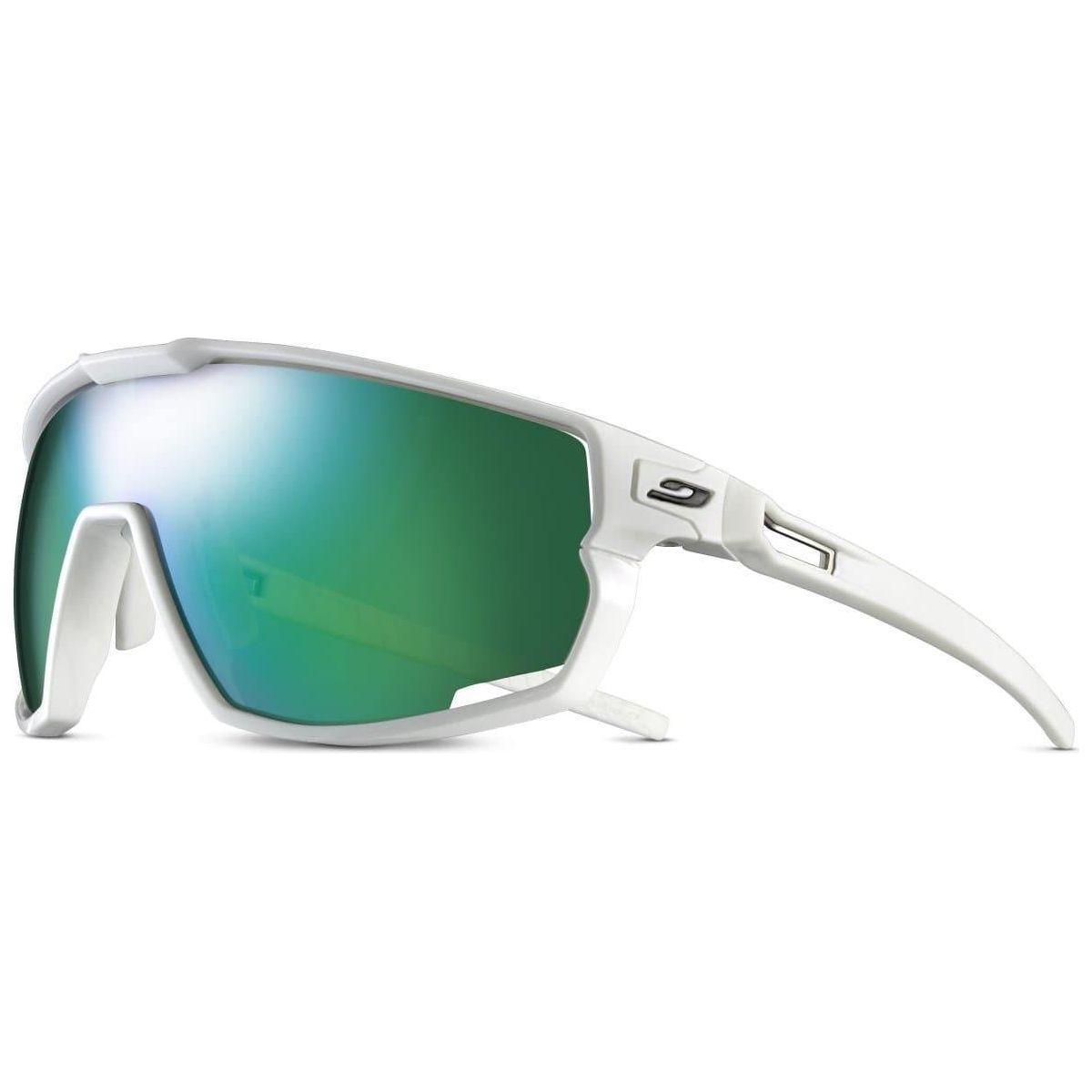

Capitol Peak in a Day via The Standard Route
Colorado has 58 peaks over 14,000 feet, and Capitol Peak, which sits in the Maroon Bells-Snowmass Wilderness Area, is traditionally known for having the most difficult standard ascent. With a long, remote approach and sometimes deadly 4th class climbing, Capitol demands respect. Along with the exposed terrain, you have to keep an eye on Colorado’s unpredictable summer monsoon. For the more experienced summer mountaineer, Capitol Peak is a worthy challenge. As someone who has climbed and skied some of North America’s highest peaks including Denali, Rainier, and Pyramid I was excited to give Capitol a go.
Here's a recap of the trip.
Capitol Peak Self-Assessment
For someone doing a technical 14er the first time, an honest self evaluation checklist is necessary:
- What is the route and is this within my experience skillset?
- Is my fitness ready for this?
- Do I have the correct gear for this climb?
These three questions have to be “YES” before I begin planning. If your answers to any of these questions are “no” or “maybe,” I would highly recommend going out with a guide. While decent fitness is required for this climb, maybe you lack the technical know-how. A guide can help with those technical skills; Capitol is guided often by some of the most experienced and knowledgeable guides in the country at Aspen Expeditions.
The answers to the above three questions were “yes” for my group, we decided to climb the standard route that includes the infamous “Knife Ridge”. We dove into packing our gear and checking the weather, and waited for our window.


The Route
While many groups plan for a two day round trip (Day 1: approach and sleep at Capitol Lake, Day 2: summit and exit), we opted for a goal of 12–13 hours in a single push. The standard route from the Capitol Creek Trailhead is 9 miles one way, with roughly 4600ft of elevation gain.
Capitol in a day can be divided into big thirds: the approach to Capitol Lake, the summit push and descent back to Capitol Lake, and the tired exit out. All this is made easier by planning to go light on water. This route has plenty of spots to refill and filter water, which cuts weight drastically on such a long day. At roughly 6.5 miles in is Capitol Lake, which is typically the overnight spot. Until then, we drank about 1.5L of water to Capitol Creek and refilled. We drank another 2L during the technical climbing to the summit and the descent, with another refill on the final third of our journey. Capitol Lake makes it easy to go light on water as it provides an excellent break spot to refill and recharge on both the ascent and descent.
We began the day at 3:15AM and cruised the first 6.5 miles to Capitol Lake in three hours. The trail is a moderate grade, and runnable for the most elite athletes. After a snack, morning constitutionals, and refilling water, we cranked uphill into the alpine and began our ascent through a boulder field. The technical business was to come, and we were extremely excited!
Helmets went on, and as we progressed up and over K2 (a false summit often mistaken as the apex), we buckled down and readied for the infamous knife ridge, the most difficult and dangerous part of the climb. The knife ridge would be difficult for many even without the exposure, but given sheer 1000+ ft faces on either side of what I would describe as the top of an A-frame house. Capitol is in a class of its own as far as standard 14er routes go: The standard route is the easiest route on Capitol, but it is far from easy climbing.
After calm and efficient navigation, we finished climbing through the 3rd and 4th class scrambles to reach the top of Capitol Peak. Steep rocky faces surrounded us on all sides and pristine clear views made for a wonderful early lunch and high fives all around.
After relaxing for a bit, we began our descent. The knife ridge travel was smoother and more efficient on the return as we made good time down to more relaxing terrain. One of the major reliefs below the spicy terrain was the ability to mentally relax. It’s normal to be semi-tense in exposed terrain, just remember to breathe. One thing of note is that once gaining K2, the entire time from that point onward is constant mental taxation, as you are traveling in no-fall terrain, and not gaining a single bit of respite except for summit time.We continued down at a stout pace, refilled water at Capitol Lake, and reflected on a wonderful trip up high. As we approached the final mile, we even decided to jog the last bit, cutting a good 20-30 minutes off the tail end and getting us closer to more food and water in the car!All in all, Capitol is a MUST do whether it’s your last 14er, or you’re looking for a stout adventure in the mountains.


Capitol Peak Gear List
For this trip I used the following gear and clothing:
-DYNAFIT ALPINE 2 M SHORT SLEEVE TEE
- DYANFIT TRANSALPER HYBRID DST M PANT
-Dynafit Ultra 50 GTX RUNNING SHOE
-DYNAFIT STAY FAST SK SOCKS (2 Pairs)
-Salewa Apex 25L Pack
-BLACK DIAMOND DISTANCE CARBON FLZ POLES
-THE NORTH FACE M VENTURE 2 RAIN JACKET
-Oakley Sutro Sunglasses
- TAILWIND ENDURANCE FUEL (Preloaded my bladder with it, brought 2 soft flasks with extra)
-2 slices pizza
-4 clif blocks
-2 clif bars
-4 spring energy gels
-Med Kit
-small gear repair kit



